I remember it like it was yesterday. Actually, I still remember it like it was five minutes ago… maybe even three.
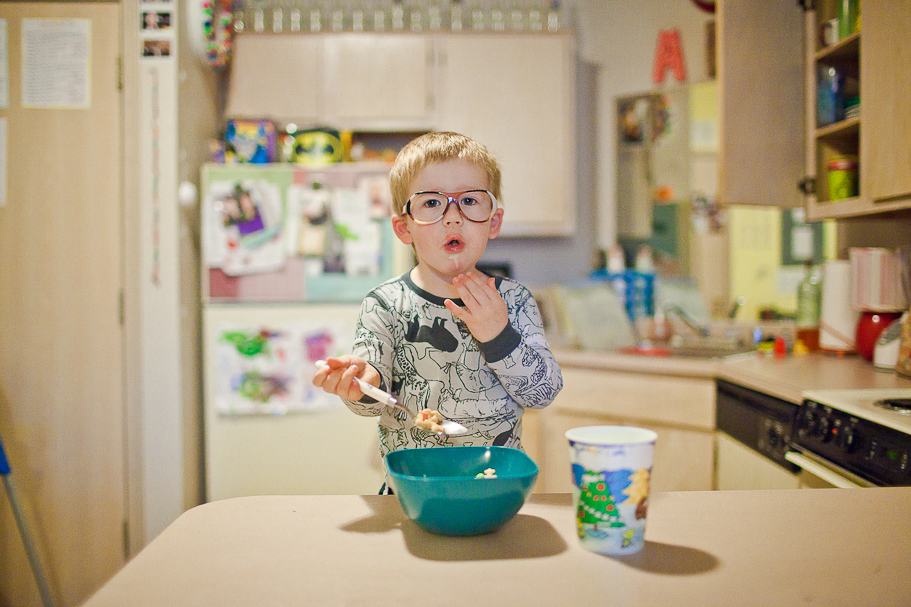
Andrew and I had only been married for a few weeks and, as I stood near the kitchen table talking to his dad – my brand new father-in-law I’d only spoken to a handful of times – I felt totally and completely panicked when I heard the word “aperture” come out his mouth. I had never heard the word “aperture” before but we had just bought a refurbished Canon 40d (my first DSLR!) and, a lover of photography himself, my father-in-law tried talking photography with me.
Problem was, I didn’t even know what shutter speed was. Like, I didn’t even know it existed.
So! When Andrew’s dad said “aperture” followed by “shutter speed”, I turned about fifteen shades of red, clasped my hands together, looked at my feet (I’ve mentioned I’m incredibly shy in my non-photography life, right?) and said, “I’m not really interested in that stuff. I’m just really interested in the art part of photography,” hoping that the subject would change. My father-in-law smiled nicely and handed me a book he thought I’d like called Understanding Exposure (you want to read it!) and I blushed some more because, really, I had no clue about anything at all when it came to photography. And for a long time? I thought that was okay! I thought that it was okay to not know anything about photography when I called myself a photographer because, truly, I thought I didn’t need to know the technicalities to be an artist. (Spoiler: I could not have been more wrong!).
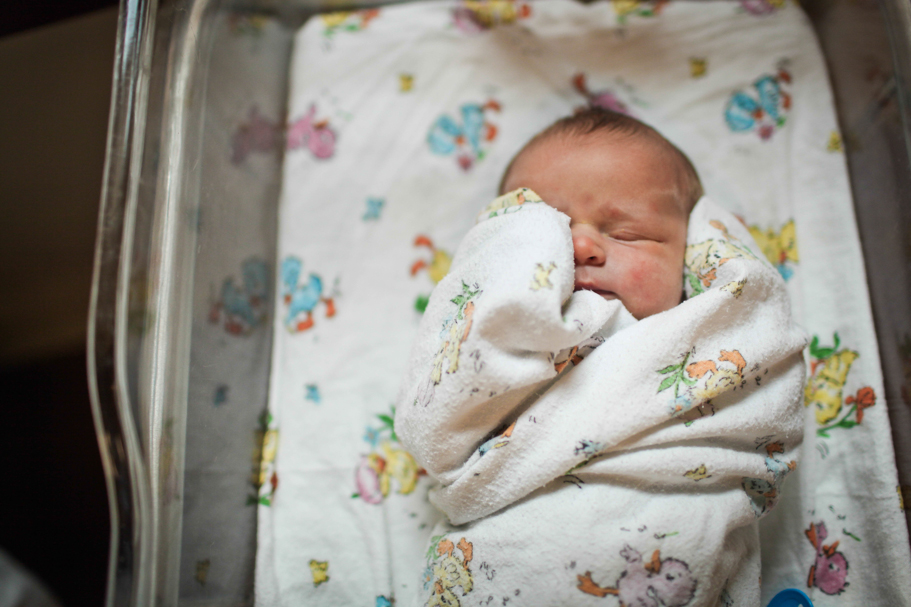
Now-a-days, I inwardly cringe when I hear an experienced photographer tell a new photographer not to worry about the technicalities of photography and to just focus on their art. While this is incredibly (and insightfully!) true when it comes to experienced photographers who can meter in their sleep, it could not be more far from the truth for new photographs. I believe that photography requires a whole lot of heart and a whole lot of soul and a whole lot of vision and, most of all, a whole lot to work. To be a true artist, you need to know the ins and outs of your craft and, if you don’t learn the basics, you’ll never be able to be the artist you want to be.
Which brings me to another story. A year and a half after my father-in-law handed me a photography book, I came across a photograph of a girl jumping on a trampoline. Her legs were outstretched and her hair was flying and she was smiling the biggest smile her face could handle. The photograph stopped me in my tracks. Still not aware of what shutter speed meant, I could not understand how the photographer got everything in focus and how not even her hair was blurry. Frustrated, I shut my laptop and stared at the ceiling with a nagging feeling that I was missing something. And the next morning? I set out to figure out what it was and never looked back. It’s been a little over three and a half years since I had this epiphany and, because I keep thinking about what a difference schooling myself has made on my life, I thought it would fun to share three reasons that every new photographer should master the technical aspects of photography.

One: Learning Manual Will Give You Control.
When I first started photography, I thought that everything about photography was intuitive. I had a vision and I wanted to capture that vision quickly! I thought my camera would do this for me and, like so many others, was sorely disappointed when I bought an expensive camera and my photographs didn’t immediately include rainbows and sparkles and glitter. When I first switched to Manual, I was shocked at how different my photographs looked. Before I started picking my own settings, I had no idea that I could shoot in so many situations and I was absolutely thrilled when I realized I could shoot in different lighting situations – inside and outside and at sunset and at sunrise and at midday and anywhere, really.
As time progressed, I was even more thrilled that I could take complete control of my photographs. The more I learned, the more I realized that I could make my visions come to life. My favorite example of this is this story + these two photographs (you may have seen me post this on Clickin’ Moms a little over a year ago!) and the story goes like this: In 2011, a few months into shooting Manual photographs, I desperately wanted to take a photograph of a girl staring straight into a camera with a hat perched on top of her head. As I often did in 2011, I grabbed my sister when visiting my parents and then took a photograph of her as she gazed into the camera. My sister did great! She did exactly what I wanted! But! When I downloaded the photograph, I felt really unconnected to the photograph. It just didn’t work, y’know?
Fast forward to 2013. My friend Lauren and I went to the fair together to hang out and photograph Madison. As Lauren walked around for a different angle, I threw a hat on Madison, said “Look at me!” and took the photograph below. And when I downloaded that photograph? Not only had Madison done a great job looking at the camera, but I had come far enough that, with my camera, I was able to capture that moment – and the photograph I had wanted for years – in a split second. This happened over a year ago and it still makes me ridiculously happy every time I see these photographs side by side. Photography is amazing.
Here are the photographs! These were taken almost exactly two years apart.
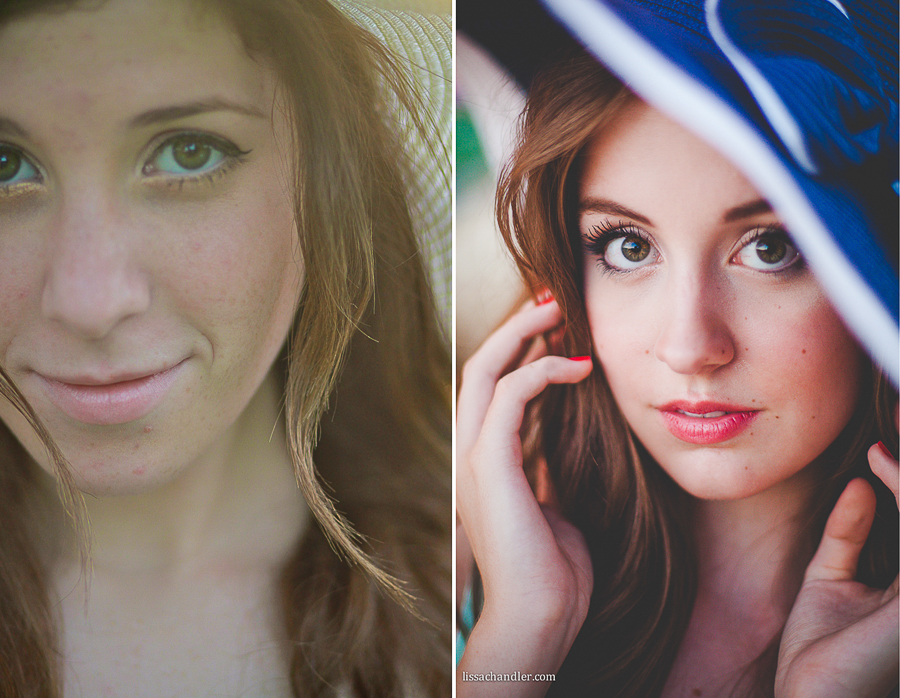
If I had not sat down and learned Manual exposure (not to mention focus and composition and processing a hundred other things), I never would have been able to take the photograph on the right, no matter how many times I tried. Photographs don’t just happen – you have to make them and, to make them, you need to be in control of your camera.
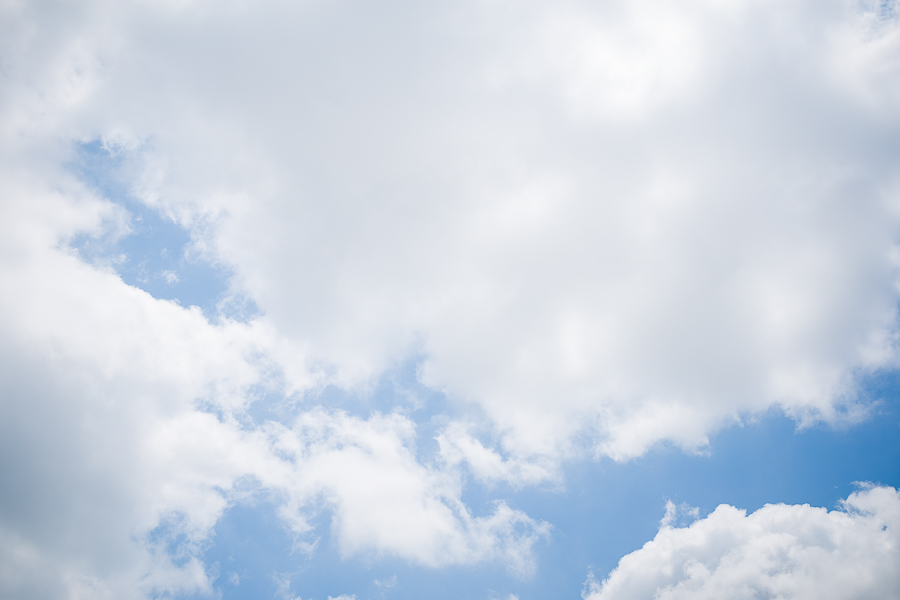
Two: Leaning Manual Will Teach You To Slow Down.
When I first started photography, I shot on “P” mode because I felt that I was beyond shooting in Auto, even though I didn’t know anything. When I switched over to Manual mode, I could not believe how much longer it took me to take a photograph. Before I took control of my photographs, I took a ton of photographs just hoping something would turn out. When I switched to Manual in 2011, I was really surprised at how much thought went into my exposure. And honestly? The tempo change was exhilarating. I felt like I was seeing things – truly seeing them – in front of me rather than hiding behind a black box.
Sure, as the years have passed, I began to shoot in Manual so fast that my fingers have permanent blisters but, when you are picking everything for your photographs – the aperture, the shutter speed, the ISO (not to mention the focus and the composition and the posing and the emotions and the overall feeling of a photograph) – it’s only natural that you’ll slow down. As a chronic over-shooter, I love how, even today, shooting in Manual makes me stop and think about what I am doing. I never want to be one of those photographers who just clicks a button and doesn’t give photographs much thought. I am a very deliberate photographer and, even though I have now reached the point where metering is second (maybe even first?) nature, I love that I learned to slow down while shooting in Manual – it opened up all kinds of doors for me and will for you, too! It’s freeing!
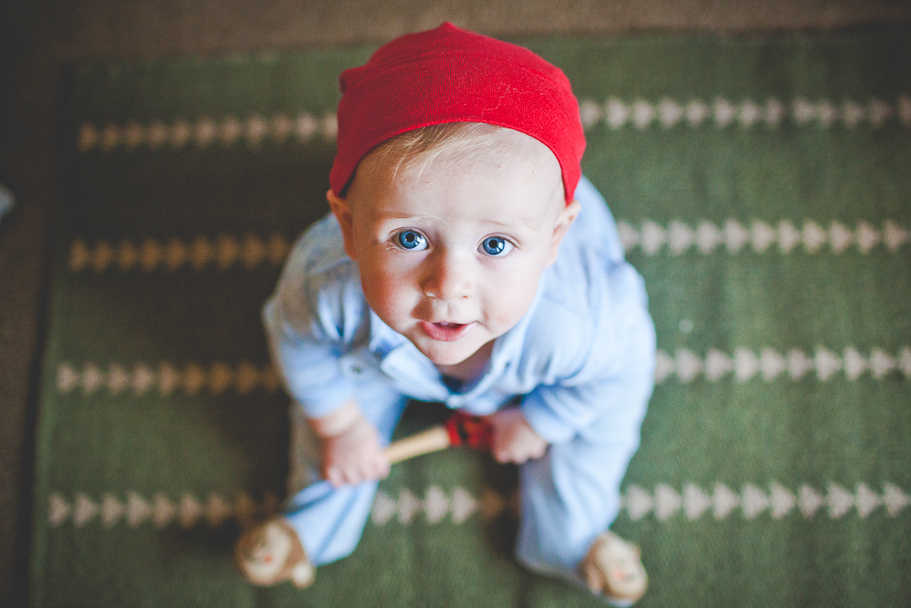
Three: Learning Manual Will Give You Freedom.
Remember how I just talked about the freedom slowing down will bring you?
Shooting in Manual brings SO much freedom. My favorite thing about shooting in Manual is that the possibilities are endless. You want to shoot in low light? You can do it! You want to shoot at noon at the swimming pool with bokeh and sun flare? You can do that! You want to shoot a photograph so that only one tiny piece of the photograph is in focus? You can do that! You want to add grain to a photograph that could be taken at ISO 100 by shooting at ISO 1200? You can do that! You want to add a little motion blur while your daughter is twirling? You can do that! You want to photograph your babies sleeping? You can do that!
Learning Manual opens up so much. While current cameras are capable of doing great things on their own, a camera will never live up to its potential unless it is in the hands of a capable, knowledgeable photograph. So! It’s going to be hard to learn and you’re going to want to stop and it will probably make you cry and say “I quit!” more than once but, really, you can totally, totally do it.
And better yet? You won’t regret it for even a half second. If you are serious about photography, take control of those photographs!!
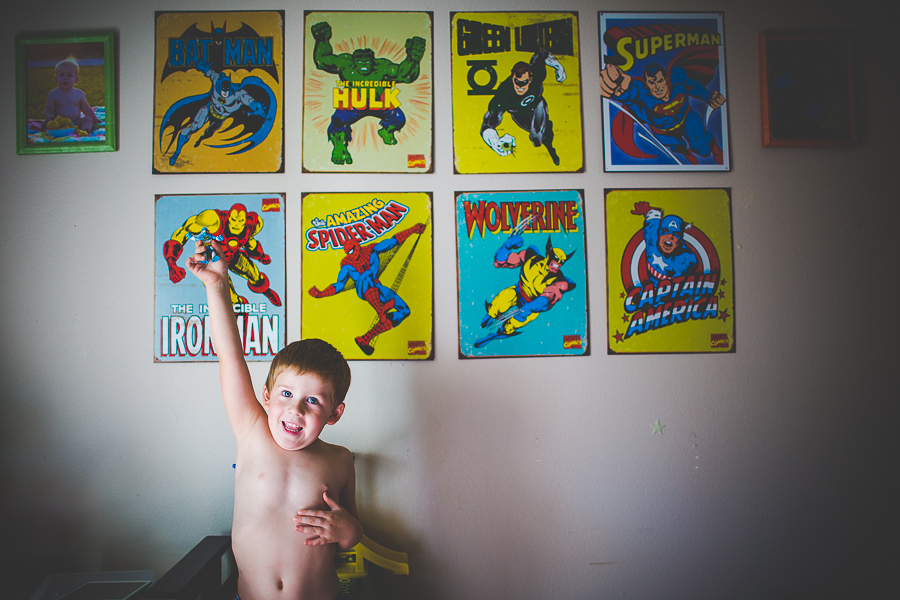
And Bonus! Here’s a few links to help you learn to shoot in Manual!
What the Heck is an Aperture? by the Pioneer Woman (the first post I ever read about Manual Exposure!) + The Exposure Triangle by Jessica Holden + How to Shoot in Manual Mode by Click It Up a Notch
And a workshop run by Clickin Moms, too!
Mastering Manual Exposure Workshop on Clickin Moms
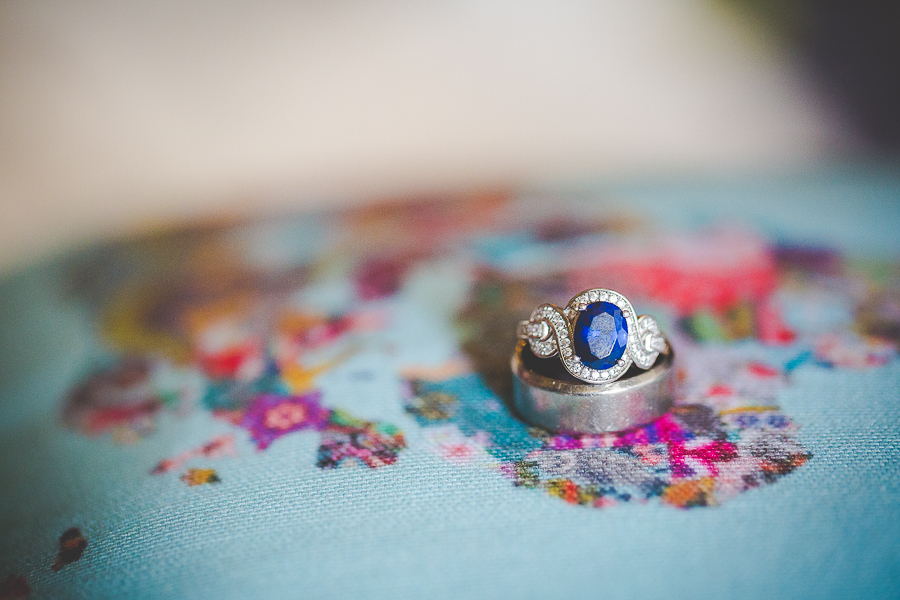
Weddings | Engagements | Seniors | Families | Personal
Like LCP on Facebook | Lissa Chandler Photography on Google Plus
* Lissa Chandler is a creative portrait and wedding photographer in Northwest Arkansas who specializes in senior portrait and wedding photography. Lissa is known for authentic, creative, and magical photography in NWA and currently lives in Fayetteville with her family: a husband who sometimes picks up his four year old from preschool when his wife has crazy days (and it is the BEST!), a four year old who never wants to leave preschool, and a one year old who has been in footie pajamas all day – even after pouring orange juice all over the counter and popcorn all over the living room (not the living room floor – the entire living room). Lissa is currently booking 2015 Seniors and 2015 weddings in Fayetteville, Bentonville, Siloam Springs, Rogers, Springdale, and all of NWA. She is available for wedding work nationwide. *


Deep breath…
I’ve been scared of this. But shooting entirely in A/V isn’t getting me to where I want to go anymore.
It’s time and it’s going to be hard. Thanks for telling me I’ll get there…eventually.
Yes! You totally will!